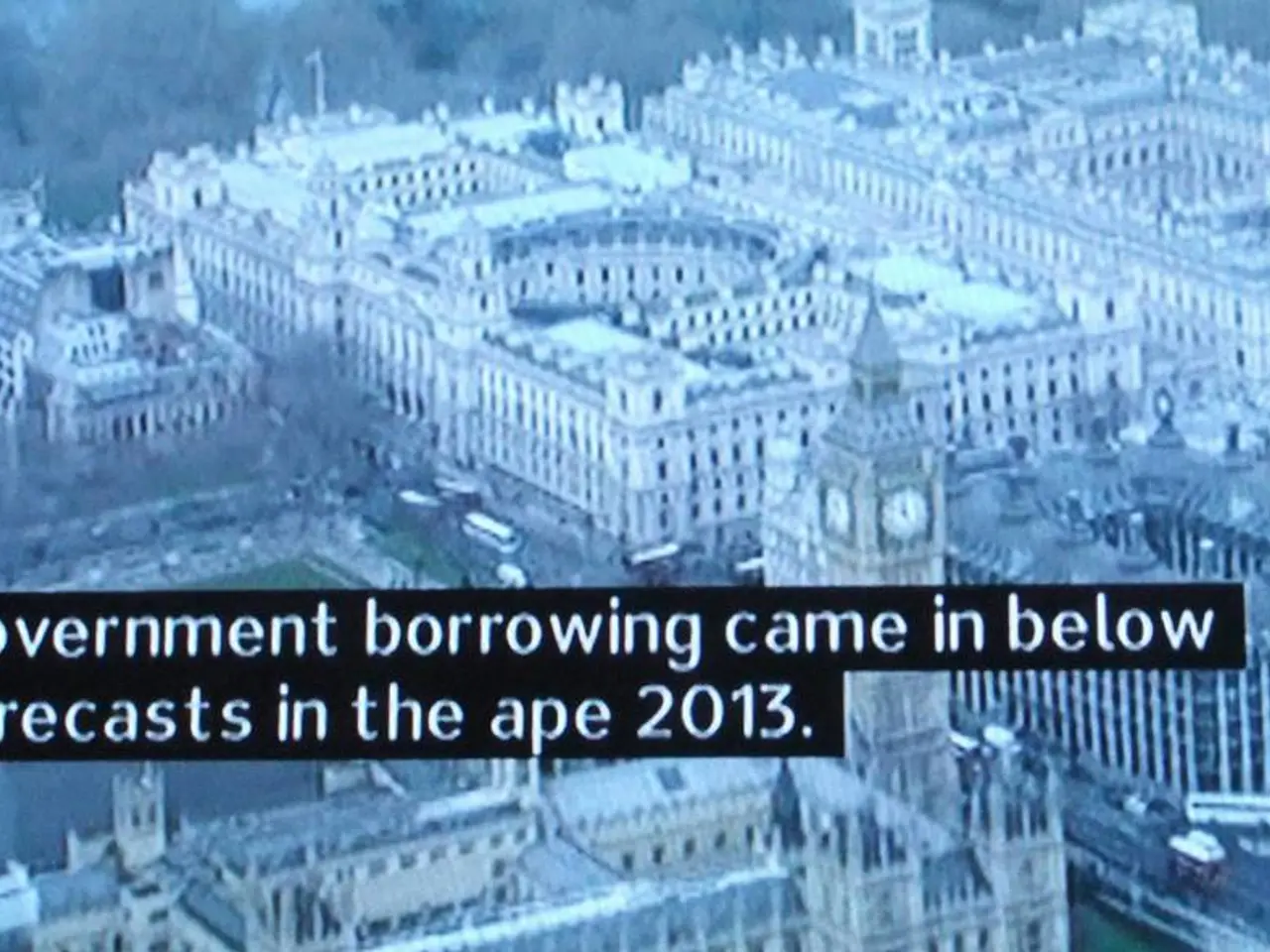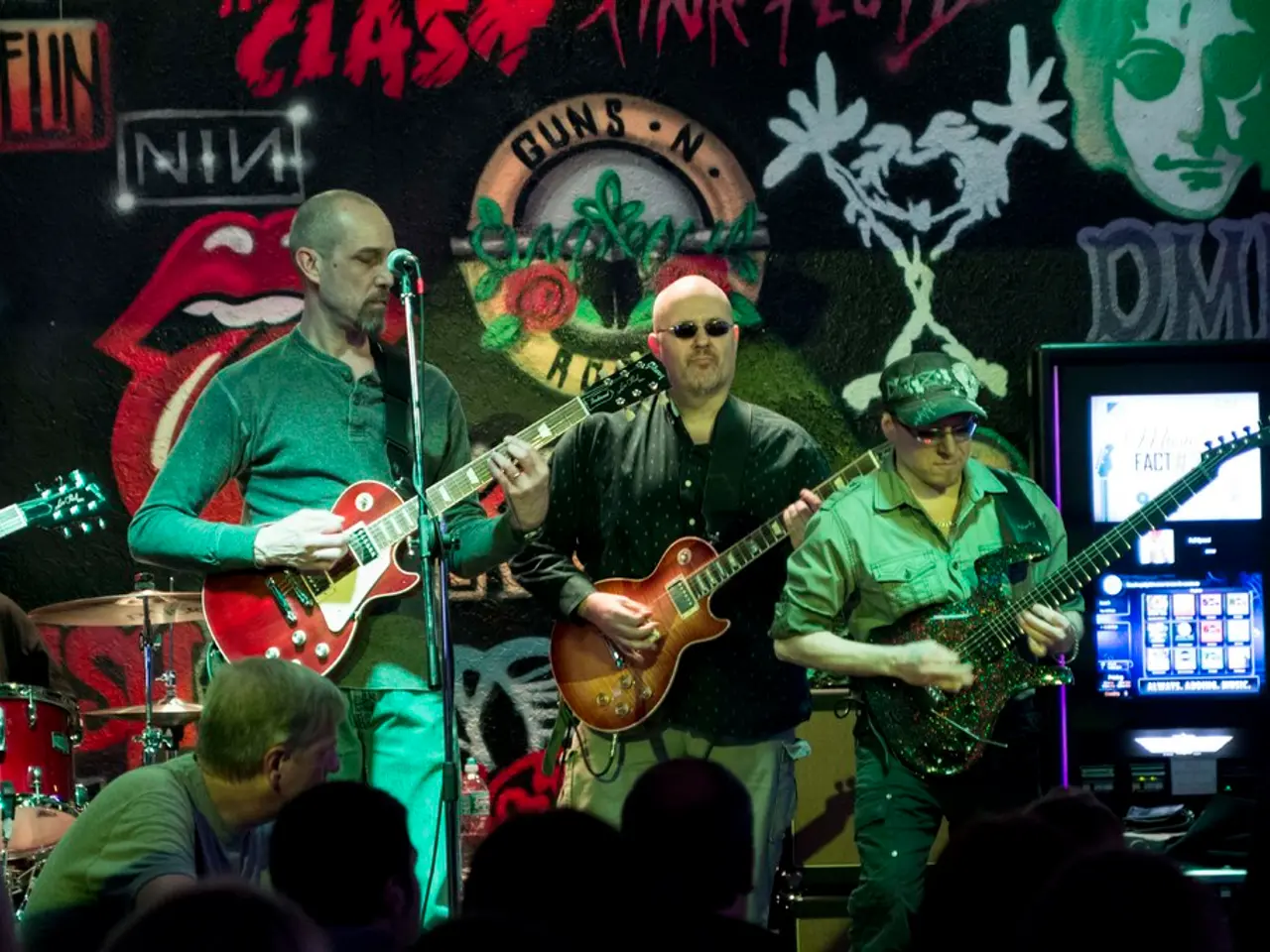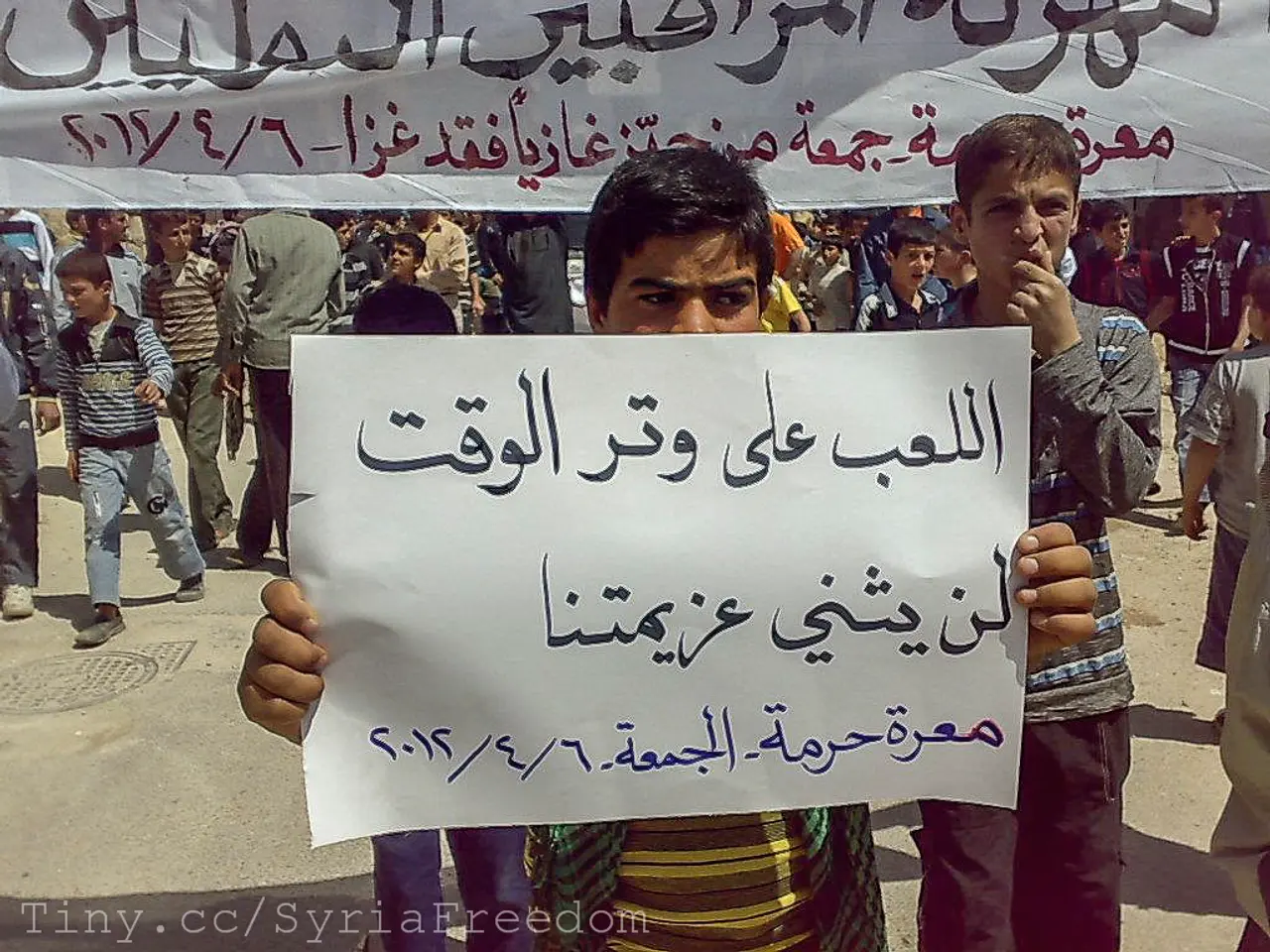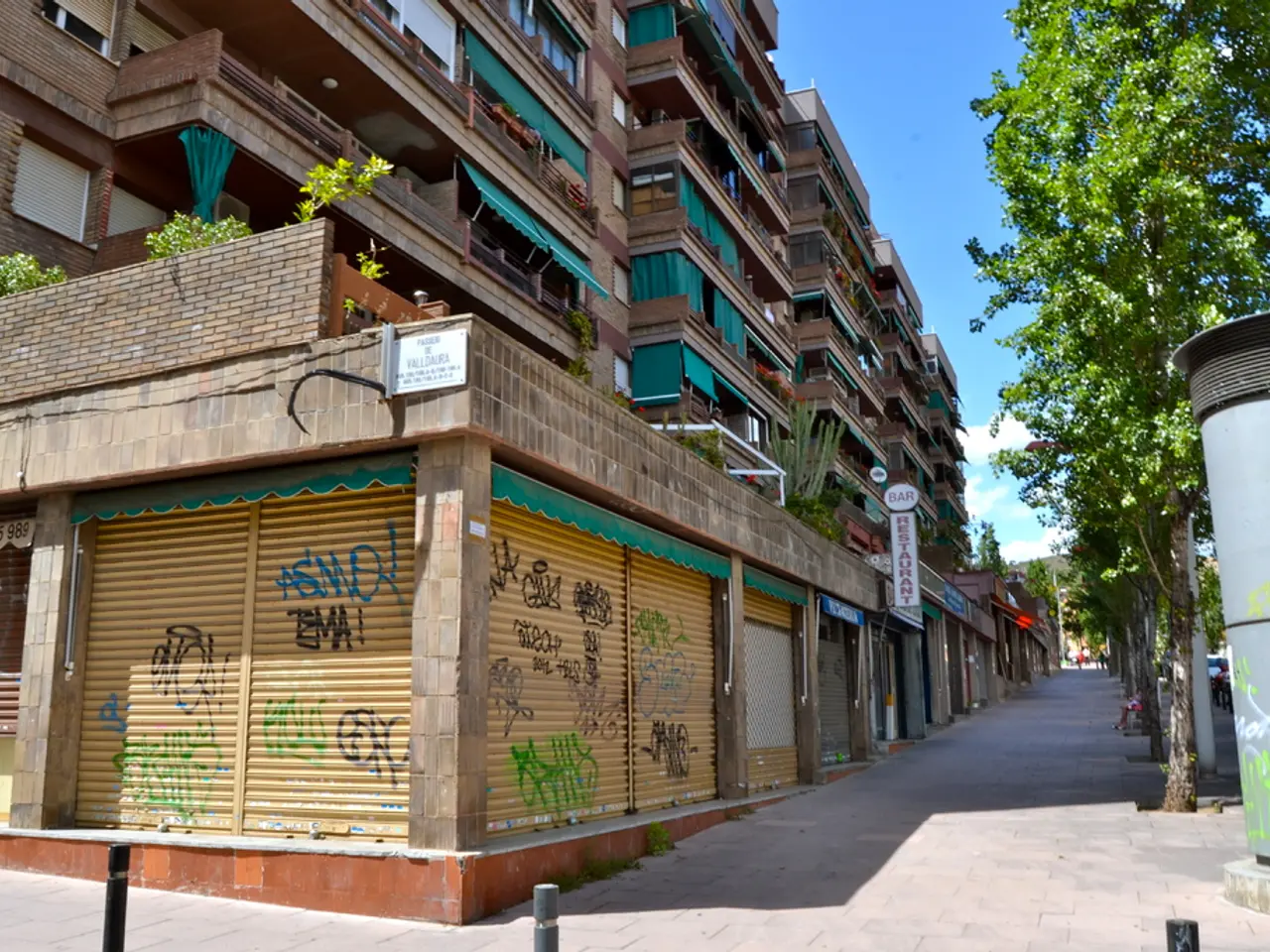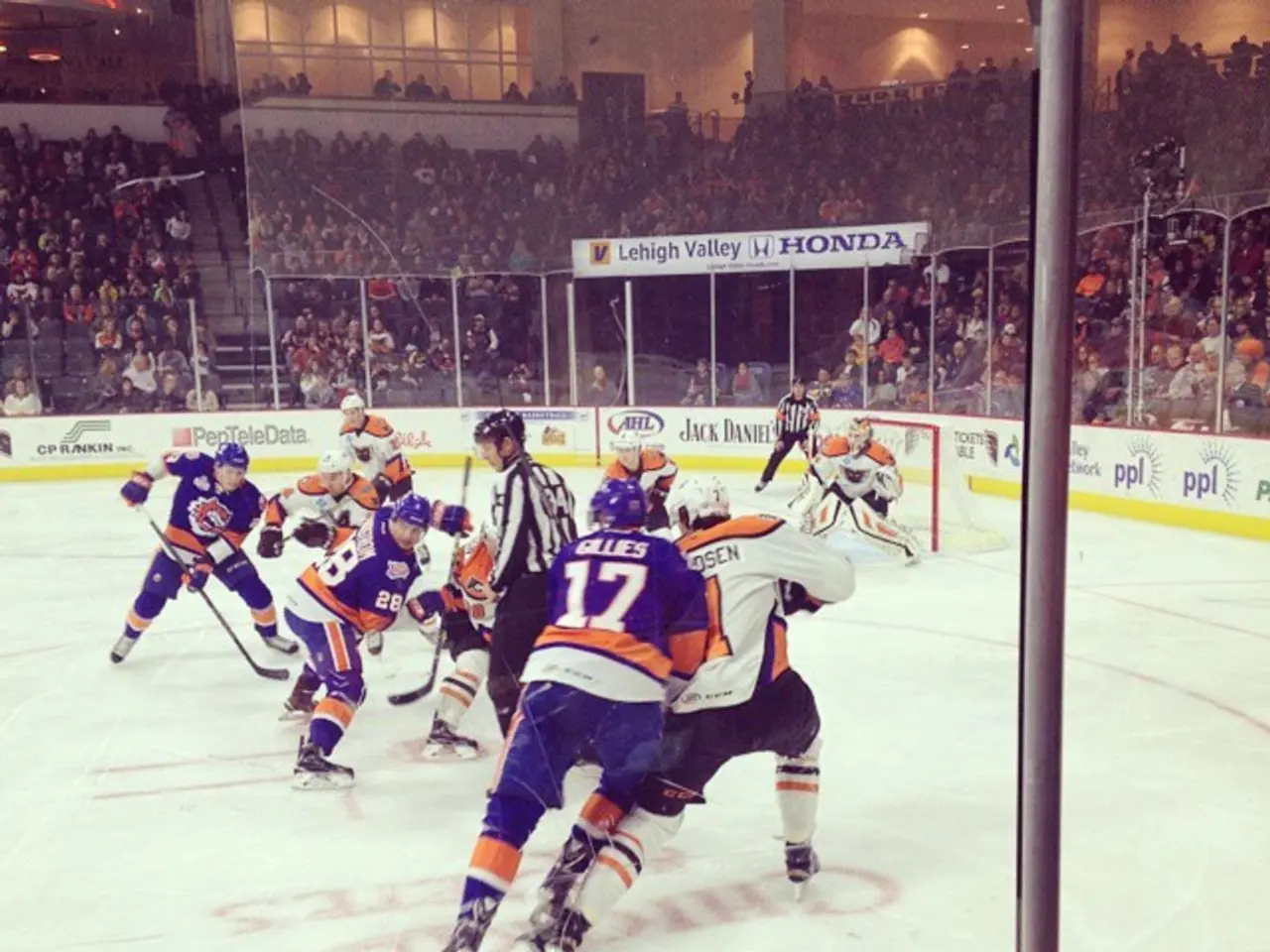Berlin's Palast der Republik: A turbulent chronicle of the city's vanished People's Palace
A Controversial Demolition and the Movement for Rebuilding: The Palace of the Republic in Berlin
The Palace of the Republic, once the parliament building of East Germany, was a significant part of Berlin's Cold War era history. Constructed during the 1970s, it served as a multifunctional space for the People's Chamber and national events, as well as a cultural and convention center. However, after German reunification, the building was found to be contaminated with asbestos and was eventually demolished, starting in 2003.
The demolition of the Palace of the Republic has sparked a movement to rebuild the iconic structure. The building holds historical and architectural significance as a symbol of East German heritage and its complex history. For many, reconstructing the palace is seen as a way to acknowledge and preserve this part of Berlin’s divided past, contributing to the city's cultural memory and urban fabric.
The Palace of the Republic replaced the former Berlin City Palace, which was severely damaged during World War II and later demolished by the East German government. After reunification, the site became a subject of debate between preserving socialist-era architecture versus restoring pre-war historical structures. The current intention is to reconstruct the former royal palace with a facade resembling the original, which has led to tensions involving the legacy of the Palace of the Republic and East German history.
Inside the Palace of the Republic, visitors could find 13 different restaurants, a discotheque, an eight-lane bowling alley – a first for East Germany – and a grand concert hall with 4,836 seats. Notable performers included Carlos Santana, Harry Belafonte, Mercedes Sosa, and numerous East and West German rock bands.
The removal of asbestos from the Palace took until 2003, leaving only steel beams surrounded by a glass facade. For two years, art shows were held inside the empty hulk of the building, which was temporarily known as the Volkspalast. A Norwegian artist even installed enormous letters on the roof of the Volkspalast that could have referred to the building's future: ZWEIFEL ("doubt").
The Humboldt Forum, a "bizarre museum" according to The Guardian, opened in 2020, replacing the old Berlin Palace. In 2023, the Humboldt Forum announced it had 1.7 million visitors, while the Palace of the Republic welcomed over five million people each year during its operational period. The Volkskammer, the DDR's 500-seat rubber-stamp parliament, was located on the opposite side of the Palace of the Republic.
By 2008, a green lawn stood in the place of the Palace of the Republic. The demolition of the building began in 2006, officially due to asbestos contamination, even though the carcinogen was long gone. The president of the parliament, Dr Sabine Bergmann-Pohl, advised that the asbestos levels were safe for visitors, but the public never entered Erich's lamp shop again.
Today, the Förderverein Palast der Republik e.V. is working to rebuild the Palace of the Republic, aiming to preserve a crucial piece of Berlin's history and identity. The movement for rebuilding the Palace of the Republic reflects an ongoing dialogue about historical memory, architectural heritage, and Berlin’s evolving identity after reunification.
The rebuilding of the Palace of the Republic could potentially revive the iconic building as a symbol of East German heritage, enriching Berlin's cultural lifestyle and general-news. The movement also poses questions about the city's sports facilities, as the Palace once housed an impressive range of entertainment options, including a concert hall and eight-lane bowling alley.
